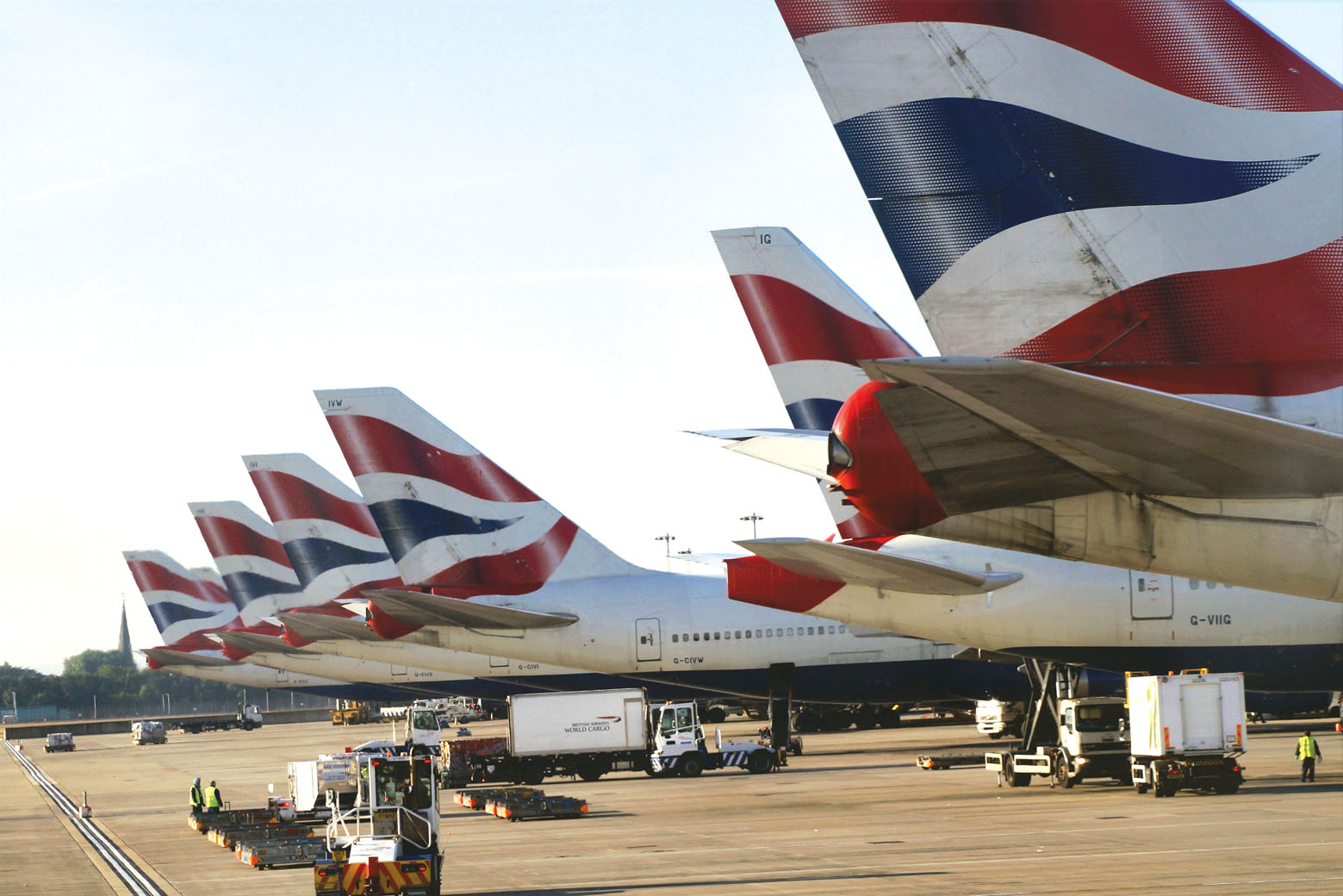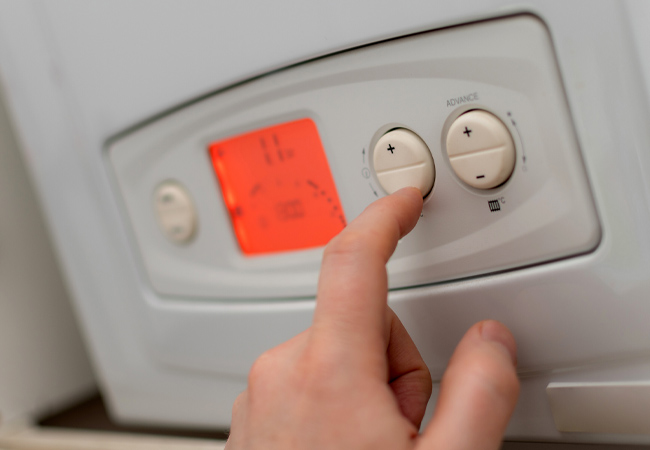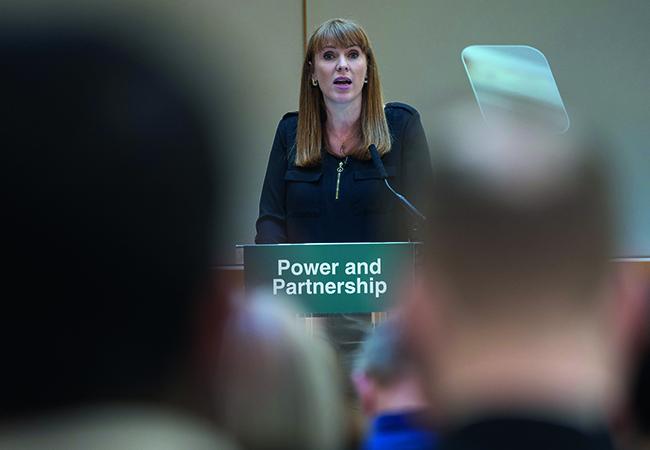
Credit: iStock.com – Wildpixel
The World Health Organization (WHO) has changed its stance on how the Covid-19 virus is transmitted after scientists from 32 countries presented evidence that it can remain airborne for several hours.
‘Evidence was emerging’, it said, that Covid-19 can spread through the air in enclosed spaces, with scientists suggesting that building ventilation systems will be crucial in limiting the chances of future ‘super spreader’ events that could spark a second wave of the pandemic.
Benedetta Allegranzi, the WHO’s technical lead for infection prevention and control, said evidence emerging of airborne transmission of coronavirus in ‘crowded, closed, poorly ventilated settings… cannot be ruled out’.
The WHO’s change of stance was prompted by an open letter, written by 239 researchers in virology, aerosol physics and epidemiology, quoting evidence that showed tiny particles containing the virus could become suspended in the air and were not immediately deposited on surfaces, as previously believed.
CIBSE has said since April there is a potential for airborne aerosol transmission of SARS-CoV-2. For the spring and summer, its Covid-19 Ventilation Guidance advised ventilating spaces with outdoor air as much as possible.
The guidance is under continual review and CIBSE is currently evaluating evidence to provide guidance for the cooler autumn and winter seasons.
In an introduction to the latest update on 15 July, CIBSE said some recirculation of air in the heating season may be needed because heating coils may not have the capacity to heat the cooler outdoor air.
For naturally ventilated spaces, the guidance advises that sensors to assess ventilation effectiveness should be of the nondispersive, infrared CO2 type.




